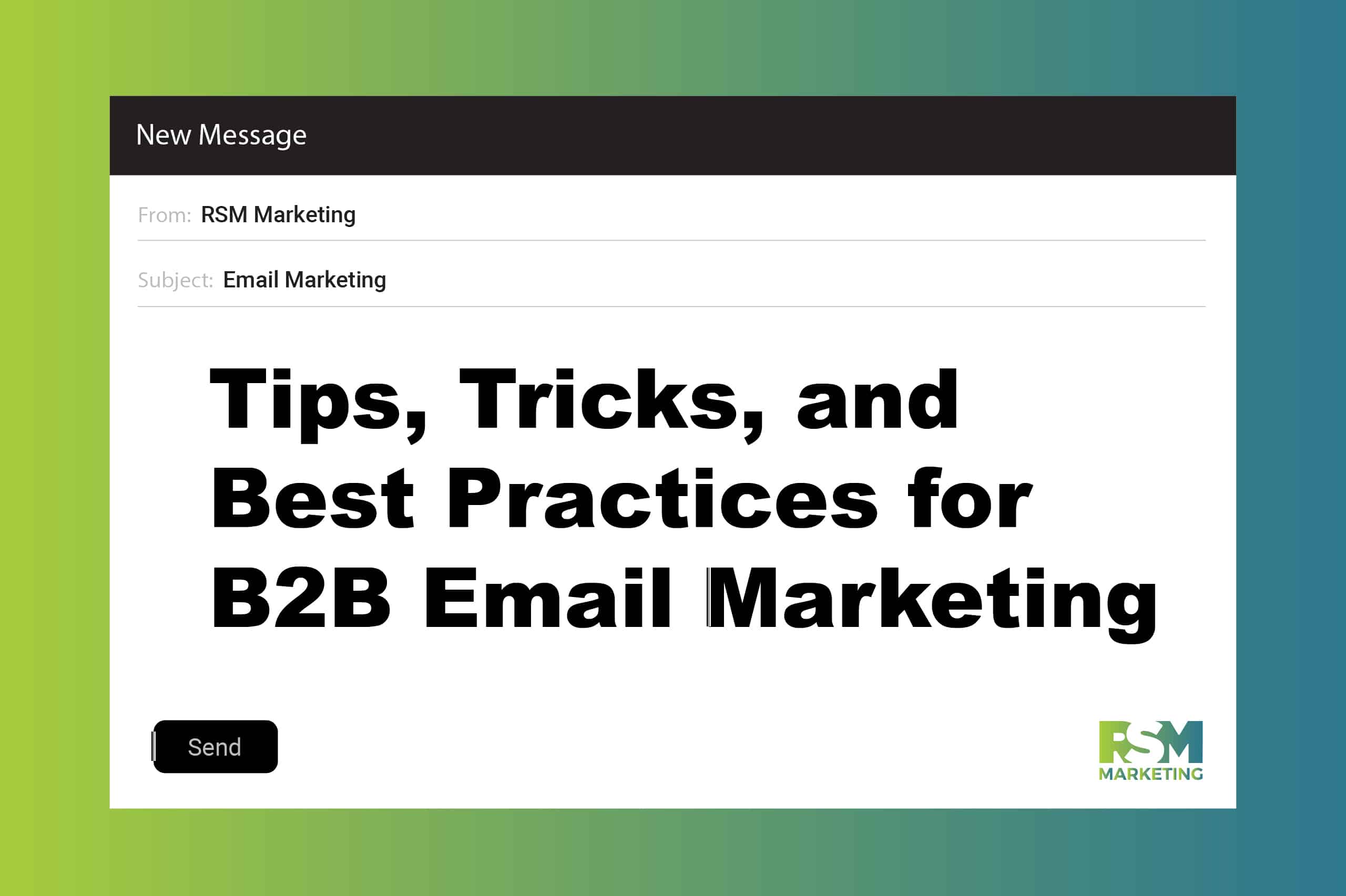Marketing Insights

A website should be an ever-evolving tool that continuously markets your business. So “set it and forget it” is perhaps the most detrimental attitude you could have toward your site. What good is a beautifully designed site if you don’t continue to market it with fresh content and an optimized experience? We’ve outlined some of the most common website mistakes you’re probably making and how you can fix them.
1. Sparse content
If your pages contain less than 100 words, then your content could definitely use some sprucing up. Google loves long content—300 words minimum. The longer your content is, the better! So where can there be room for improvement on your site’s content? If your “About Us” page, for example, contains a single paragraph, dig deeper and come up with at least two more paragraphs to describe your mission, values, goals, etc. Could you describe one of your services in more detail? Take a good, hard look at your service pages and determine where you can develop sparse content.
2. No fresh content
To piggyback on the above tip, if you haven’t added any new content to your site in the past six months (eek!), then you could be doing your site more harm than good. Google LOVES fresh content. That is, the newer and more relevant your content is, the higher you’ll rank in search engine results.
Because here’s the thing: Google tailors its algorithm to the needs of the user. If your website content hasn’t been updated in a while (meanwhile, your competitors are regularly adding new content to their sites), you’ll continue to sink lower and lower in search results. Make a plan to start developing newer, fresher content. It could be a new service page or, even better, blogging.
Regular blogging provides Google with yummy, fresh content that it will gobble up and give your site some much-needed SEO juice. [Tweet This]
Even if it’s just one new blog post a month, you’ll drive more traffic to your site and create more opportunity to generate leads. You can never go wrong with fresh content.
3. Not cross linking
Once you’ve started regularly updating your content, don’t neglect the crucial process of cross linking. Not cross linking doesn’t negatively impact your site. But what if I told you that you could boost the power of your content simply by linking to it from elsewhere on your site? This is exactly what cross linking does.
Google bots pick up on links within your content and will index them as popular links and will help said articles to show up in search results. You’ll find that people will do this to outside articles or websites, but make it a habit to add links to other content within YOUR site, especially as you grow your body of content. Add links to other blog articles, service pages, or your “contact us” form by effortlessly weaving them into your content. It’s a simple practice that will yield big results over time.
4. Not caring for the mobile experience
Mobile optimization on your site is not a recommendation any more. It’s simply a fact: if you don’t have a mobile experience for your website, then Google will penalize you by not just pushing you down the list of search results but by completely ignoring you all together. And since approximately 75% of all online purchase decisions are made using mobile devices, this isn’t an audience you can afford to miss out on.
MOX (mobile optimization experience) is the process by which you create an experience on your site specifically for mobile; meaning, you have elements on your site that ONLY appear on mobile devices that appease Google and make it easier for your users to search your site.
For example, let’s say you’re a dentist and someone finds your practice while searching on their smartphone. That person needs to see the most relevant info about your office (phone number, address, logo etc.) first and at the very top of the screen. This means that your site has to display content in two ways—one way for desktop and one way for mobile. It has to be managed separately to make it optimized for mobile. If this isn’t happening on your site, then speak with your service provider to address this issue ASAP.
Your website is a powerful tool for your business. It has the potential to generate new leads, inspire loyalty in your current customers, and establish you as an authority in your field. If you’ve noticed that you’re making some of the website mistakes listed above, make a plan to inject new life into your site using the above tips. Need help? Contact RSM Marketing to find out how!
Want Some Help?
That’s what we’re here for! Whether you need some guidance on moving in the right direction or a whole lot of marketing muscle—the experts at RSM Marketing can make it happen.
Start with a simple conversation! Complete the form and one of our team members will be in touch.




